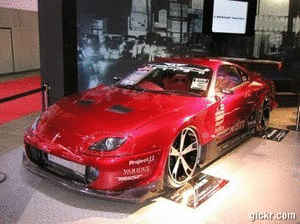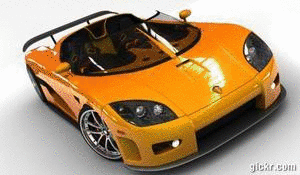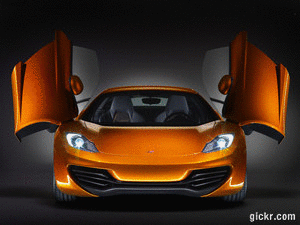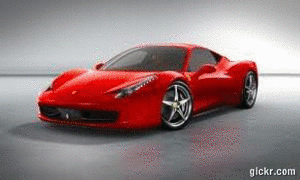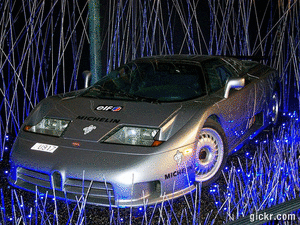A turbo charger is designed to improve the power output of an engine beyond its normal operating capacity. A normally aspirated engine uses a mixture of air and fuel that is pulled into it from vacuum created by the cylinders. A turbo charger increases the amount of air injected into the engine, which also allows more fuel to be injected. This increase provides a higher power output.
Turbo Charger
A turbo charger utilizes a turbine which is driven by hot engine exhaust, when these gases expand it will spin the turbine at high speeds, which forces air into the engine. Engine oil is used to cool and lubricate the turbine shaft in the turbo housing. In some applications, an Inter-Cooler is used to cool the intake charge before it enters the engine, thus increasing horsepower.
Inside a Turbo Charger
To help regulate the air intake pressure a device called a waste-gate is designed to release boost at a measured pressure point. This is done to limit the amount of boost the engine receives; if the engine is boosted too much it can cause internal engine failure. A turbo charger increases the compression of the engine, so to combat engine ping (detonation) low compression pistons are installed. Turbo chargers help reduce the amount of fuel that is required to achieve the same level of power.
Turbo Waste Gate (cut away)
A turbo charged engine requires oil changes be more frequent than a non-turbo charged engine. The turbo charger will break oil down sooner because of the added stress on the engine. When a turbo charger has failed it can cause the engine to have less power and burn oil excessively. A regular maintenance routine for a turbo charged vehicle will ensure proper operation and have less risk of breaking down, as well as damaging components.
